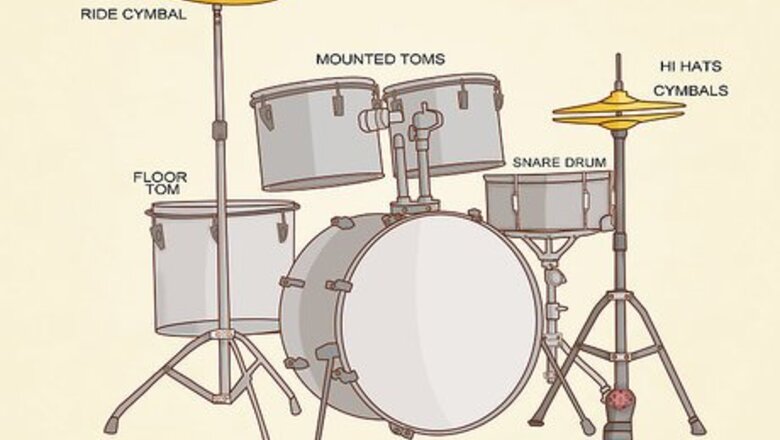
views
Drum Tabs are available on the internet, commonly created by drummers for drummers.
Reading a drum tab is simple, when you know what to do, but can be confusing to the novice. Each tab describes the beat and the measures are well divided. The tab will give you a good overview of the requirements in a piece.
All skill levels of drummers use tabs to help them learn new songs, from beginners to professionals.
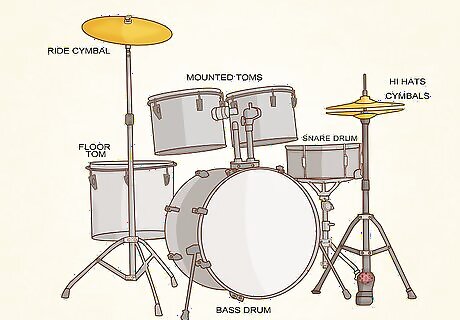
Know which drums to use. At the beginning of each line, or the staff, the parts of the drumset used within that line are denoted by an abbreviation. Other drums or cymbals may be used throughout the song, but will not be indicated on the line if they are not required for this part. Common abbreviations for instruments include: BD: Bass Drum / Kick SD: Snare HH: Hi-hat HT/T1/T - High Tom / Rack 1 LT/T2/t - Low Tom / Rack 2 FT - Floor RC - Ride Cymbal CC - Crash Cymbal
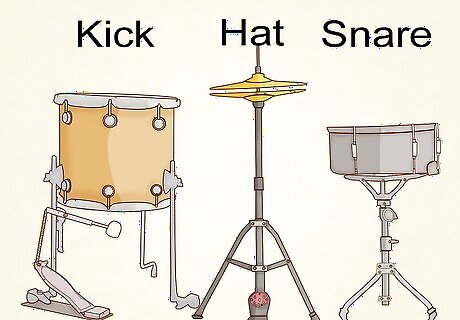
An example of a staff using Kick, Snare & Hat only would be: HH |-- SD |-- BD |--
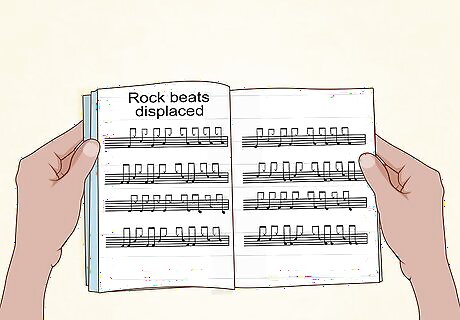
Read the beat. In addition to the instruments to be played, the beat is sometimes added above the staff. This is often divided into 8th or 16th counts, depending on the complexity of the tab. Variations for 3/4 or other beats are also possible. The beat is not repeated for subsequent lines, but the hyphens or rests are.
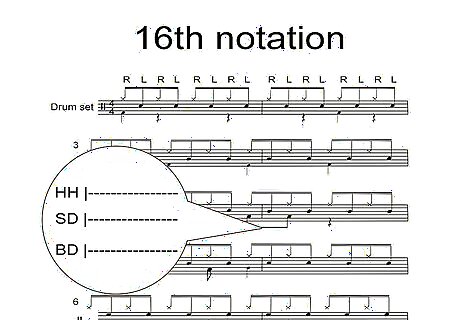
Below is one bar in 16th notation. As there are only hyphens, this would be a do nothing bar. |1e&a2e&a3e&a4e&a HH |---------------- SD |---------------- BD |----------------
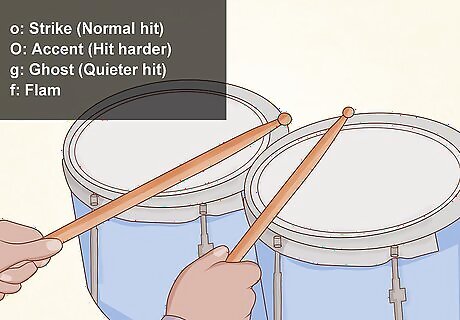
Know how to hit the drums As there are various methods to hit a drum, the notation has various letters to denote this. Examples are: o: Strike (Normal hit) O: Accent (Hit harder) g: Ghost (Quieter hit) f: Flam d: Double Stroke

Know how to hit the cymbals As with the drums, the cymbals and hi-hats can be hit in many different ways. Examples are: x: Strike (Cymbal or Hi-hat) X: Hit Hard Cymbal or Loose Hi-hat o: Hit Open Hi-hat #: Choke (hit the cymbal then grab it)
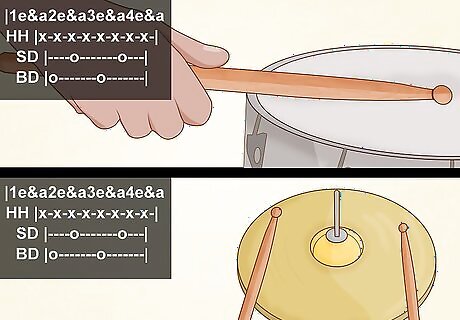
Use Basic Examples first. Below is a basic drumbeat, using 16th notes, with a hi-hat every 1/2 beat, kick drums on first & third and snare on the 2nd & 4th. |1e&a2e&a3e&a4e&a HH |x-x-x-x-x-x-x-x-| SD |----o-------o---| BD |o-------o-------| Accents on the first hi-hat & second snare hit can be added as below: |1e&a2e&a3e&a4e&a HH |x-x-x-x-x-x-x-x-| SD |----o-------o---| BD |o-------o-------|
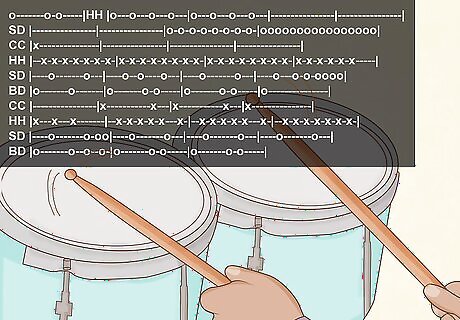
Move up in complexity. As you become familiar with the notation, the tabs become more complex, as shown below |1e&a2e&a3e&a4e&a|1e&a2e&a3e&a4e&a|1e&a2e&a3e&a4e&a|1e&a2e&a3e&a4e&a| HH |o---o---o---o---|o---o---o---o---|----------------|----------------| SD |----------------|----------------|o-o-o-o-o-o-o-o-|oooooooooooooooo| CC |x---------------|----------------|----------------|----------------| HH |--x-x-x-x-x-x-x-|x-x-x-x-x-x-x-x-|x-x-x-x-x-x-x-x-|x-x-x-x-x-x-----| SD |----o-------o---|----o--o----o---|----o-------o---|----o---o-o-oooo| BD |o-------o-------|o-------o-o-----|o-------o-o-----|o---------------| CC |----------------|x-----------x---|x-----------x---|x---------------| HH |x---x---x-------|--x-x-x-x-x---x-|--x-x-x-x-x---x-|--x-x-x-x-x-x-x-| SD |----o-------o-oo|----o-------o---|----o-------o---|----o-------o---| BD |o-------o--o--o-|o-------o-o-----|o-------o-o-----|o-------o-o-----|




















Comments
0 comment